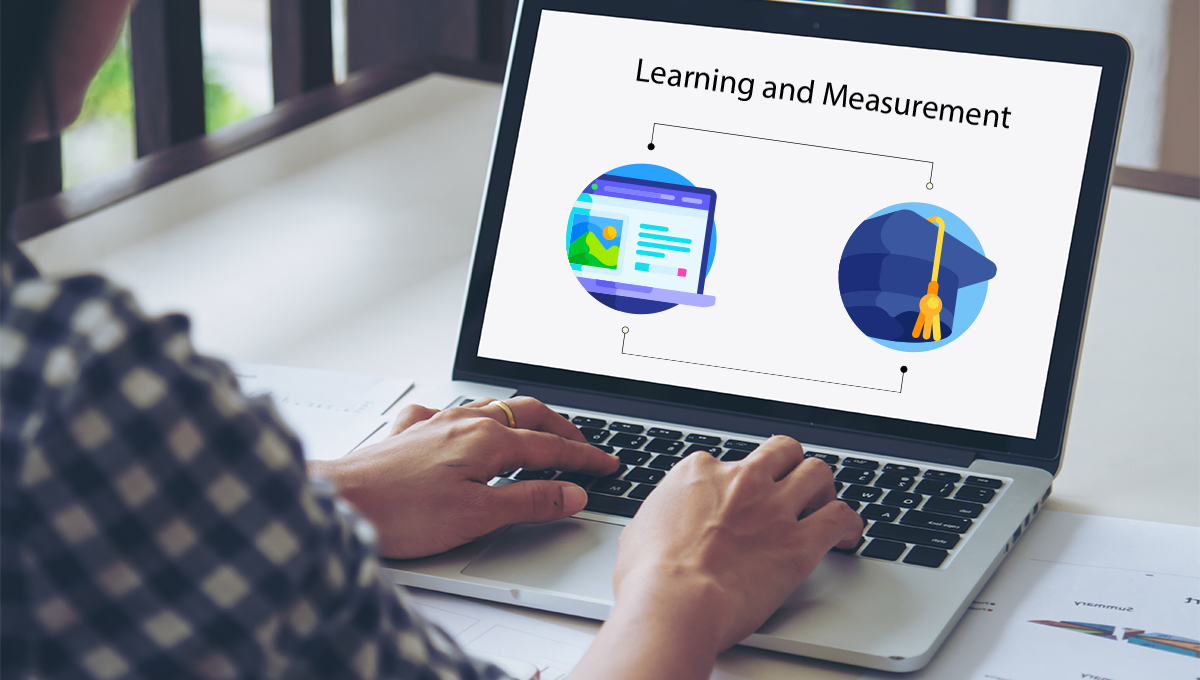
Last week we wrote about the meaning of measurement--that the reason we measure anything is to reduce the uncertainty of what we know. In almost everything we measure in business, absolute certainty is beyond our reach. This is particularly the case when we measure the human dimensions of learning and work.
The Clarification Chain
In How to Measure Anything, Douglas W. Hubbard explains that if we care about something, it must be  detectable in some amount. No matter how intangible it is, we can observe more or less of it, and we can quantify the “more or less” to arrive at a measure. The thought process is in Hubbard’s clarification chain.[1]
detectable in some amount. No matter how intangible it is, we can observe more or less of it, and we can quantify the “more or less” to arrive at a measure. The thought process is in Hubbard’s clarification chain.[1]
One of the most difficult barriers to getting started is discovering what matters. We must ask ourselves what decision a measurement will support.
Does it Matter?
One of the mistakes some organizations make is to measure everything then try to use the data to figure out what is important. That approach can amount to a lot of expensive weeding out to find what matters.
Most of what can be measured has no real value. What creates value are the consequences of the decision it supports. If an outcome is uncertain and the cost of being wrong is high, it is likely the cost of measurement will be much less than the cost of error. So, to determine what matters, we need to understand what decision it will support, the possible consequences of being wrong, and the uncertainty of the outcome.
A Mentoring Example
Measuring an intangible concept like mentorship seems impossible until we clarify it.
- We can probably agree that mentorship is important to developing future leaders and that effective leaders exhibit certain observable behaviors. The decision a measurement would support might be whether to retain a person in the program or to use additional learning resources. Before we consider measuring, we need to know what actions we will take as a result of the measurement and define them.
- The measurement matters because it will inform a future action, such as retention in or dismissal from the program.
- An individual who is learning through mentoring will change certain observable behaviors. We can detect changes in the behaviors and apply the concept of “more” or “less” of them.
- We can then assign values to our observations. If we are using a competency-based approach, our competency model will have behavioral anchors we can use to define the measurement.
What is important about these measurements is not a number or metric, but how it informs a decision. You may use a Likert scale and end up with a value of 4.73 for an individual’s score on a certain behavior. The number is not the point. It is only that it is useful in helping reduce the uncertainty that an individual will become (or not) an effective leader.
We can measure anything, but should only measure what matters.
References:
1. Hubbard, Douglas W. How to Measure Anything: Finding the value of “INTANGIBLES” in Business, 3rd ed. P, 38. John Wiley & Sons, Hoboken, New Jersey, 2010.
How to Personalize Learning with Sumtotal news pages
Download our free guide to see how you use your sumtotal news pages to create a personalized user experience.

Phenom eCloud is a comprehensive technology solutions provider committed to empowering businesses to overcome challenges, enhance their workforce capabilities, and achieve superior outcomes.




Leave a Comment